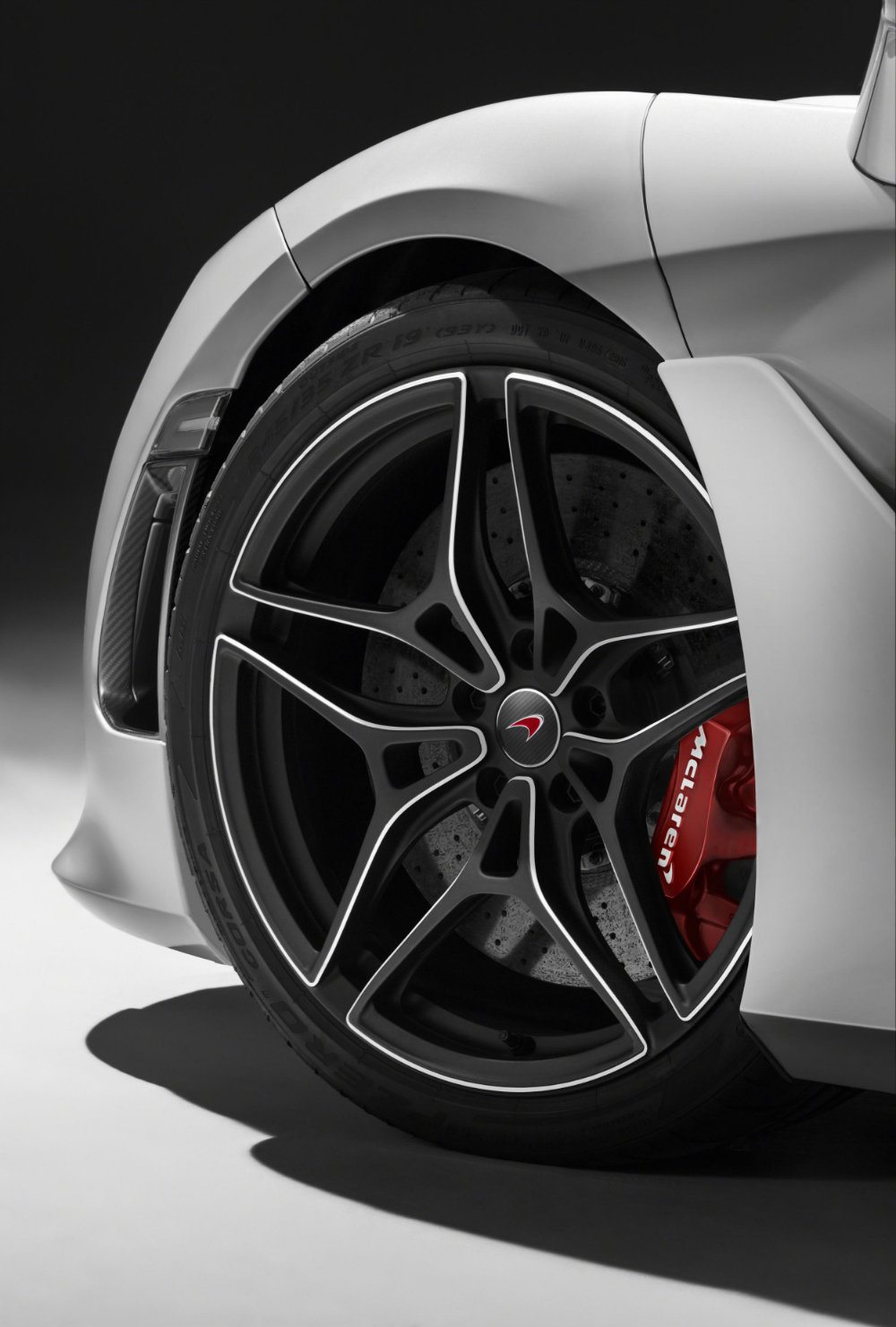With the Geneva Motor Show fast approaching, McLaren is gearing up for the roll out of the next generation of their Super Series. The one make series for well-healed racers is notable for a number of reasons, but have you seen how quick these things can stop?
Years ago, I was hanging out in the paddock at the Vancouver IndyCar race, talking with one of the sponsorship guys from Player’s Racing. Up walked the wife of one the honored guests, and she asked a very cogent question: “What’s the best thing that an IndyCar can do?”
Without missing a beat he said, “you have to remember that the fastest thing a race car can do is stop.”
Infinity And Beyond
It seems kind of counter-intuitive, but it’s actually true. If you’ve even gotten a ride around a track in a race car, or even better still, driven one yourself, especially a formula car, you know the braking forces are literally mind boggling. IndyCars can pull in excess of 4 Gs when they’re really on the binders. That’s enough to slide you forward in your seat against the already-tight harness, for your eyeballs to distend and start to come out of your sockets, and for your consciousness to gray-out.
I wasn’t kidding when I said “literally mind boggling.”
Road cars, even high performance ones, are not nearly this capable, but are still pretty impressive enough. This is just the feature McLaren is touting about with regard to the stopping capabilities of the new Super Series.
Raw Mechanics
The cars of the McLaren Super Series can do zero to 200km/h (124 mph) in 7.8 seconds, which is impressive enough. But if you stand on the binders, these things can brake to a standstill in just 4.6 seconds and 117 meters (about 384 feet). That is a full six meters less than the McLaren 650S supercar, nearly 20 feet shorter and almost on par with the McLaren P1 hypercar. And the P1 has to use all these gizmos like flaps and hybrid-regen braking and the like. The Super Series cars do it the old fashion way: Raw mechanics.
“As well as delivering the outstanding driver involvement and enjoyment for which the brand is renowned, McLaren’s new supercar will also excel in everyday driving,” explained Chris Goodwin, McLaren Automotive Chief Test Driver. “The extreme performance and dynamic prowess of the second-generation Super Series, honed by testing at the limits and beyond, provides the perfect foundation for it to be the most complete supercar across the full range of use.”
Okay yes, the guy is obviously biased, and yes, he is trying to make the people that sign his checks look good, but still, these things are very impressive. McLaren put out a short film showing Goodwin himself flogging the car like a rented mule, and it does look very capable – and fun. It must be a total hoot to have a car like this and a track all to yourself. The footage can be viewed below.
Brake Pedals & Papaya Orange
All this stopping aptitude comes down to lighter, stiffer brake calipers (most likely of a mono-block design) carbon-ceramic discs as standard (natch), and optimized brake pedal feel and modulation at the limit. Those last two will be key elements in delivering all the stopping power. Being able to hold your braking right at the limit of lock-up, and being able to modulate that is a real godsend.
McLaren also gives deserved credit to the new, bespoke Pirelli P Zero Corsa tires (which McLaren spells tyre, cause they’re quaint and British and are probably having tea and biscuits (i.e. cookies) as you read this). The new Pirelli skins are said to give a six percent improvement in mechanical grip compared to the McLaren 650S.
Finally, I have to give a big round of applause to McLaren for one of the nicest touches I’ve seen lately in a piece of corporate media. All of the main titles and such in their press releases are in a Papaya Orange font. Some people mistakenly refer to this color as “McLaren Orange” but they are wrong. The shade is properly referred to as “Papaya Orange” which is Bruce McLaren’s favorite color, and the color of all of his racing cars from back in the 60s.
Papaya Orange. Know it. Love it. Live it.
Tony Borroz has spent his entire life racing antique and sports cars. He means well, even if he has a bias towards lighter, agile cars rather than big engine muscle cars or family sedans.
Photos & Video: McLaren Automotive
from Automoblog.net http://www.automoblog.net/2017/03/04/second-generation-mclaren-super-series-boy-can-it-stop/
via IFTTT
from Tumblr http://peternpalmer.tumblr.com/post/157970700156
via IFTTT

No comments:
Post a Comment